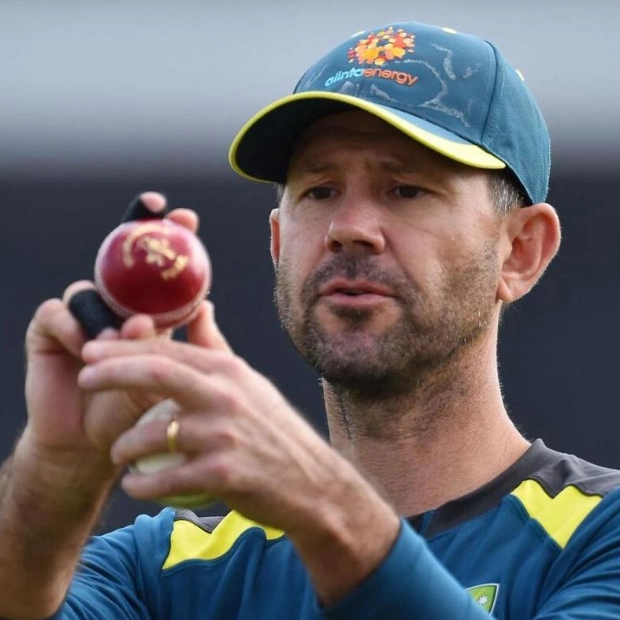Predicting the winner of the Premiership has become increasingly complex. Over the past five years, five different teams have claimed the English championship title, and it wouldn't be surprising if that streak extends to six this June. This competition keeps everyone on edge, and this season promises to be even more intense, especially with the potential for additional excitement at the bottom of the table. Relegation, or at least a playoff, could return if the Championship’s top team meets the less stringent stadium capacity requirements. If they can accommodate 5,000 fans initially, with room for expansion in future years, the path to promotion will be open once again.
The most recent Championship promotion playoff took place in 2017, when London Irish secured their spot at Bristol’s expense by defeating Yorkshire Carnegie. Newcastle, having finished last for the past two seasons, would avoid a lot of early summer stress if they can break that streak. However, the challenge remains tough for Steve Diamond and his squad, as most of their rivals are expected to be at least as strong as last season. Some key players have left, creating gaps at Saracens, Northampton, Sale, Leicester, and Harlequins, but it would be a stretch to call any of these teams vulnerable.
Bath, who nearly derailed Saints in the final despite being down to 14 men, could see a slight change if Finn Russell plays sporadically. Johann van Graan has more forward depth than anyone else and will be buoyed by the fact that nine times in the past 18 seasons, the previous year’s losing finalists have gone on to win the title the following year. The first six weeks of the season will reveal whether Bath is truly a contender. Matches against Northampton, Leicester, Bristol, Gloucester, Quins, and Sale will provide crucial insights. Young players like Alfie Barbeary, Ted Hill, Max Ojomoh, and Guy Pepper will be eager to make their mark.
Sale Sharks have a favorable start with three home games in their first four fixtures, giving them a chance to build momentum with George Ford at the helm and Fiji’s Waisea Nayacalevu in midfield. Bristol, whose form was electrifying towards the end of last season, could see a boost from their new Argentinian signing, Benjamín Elizalde. Northampton’s Josh Kemeny and Gloucester’s Christian Wade could also be impactful additions. Leicester, under Michael Cheika, will likely be more resilient, and Exeter’s knack for discovering young talent makes them a tough opponent.
The two London clubs, Saracens and Harlequins, face significant seasons, particularly for Maro Itoje and Marcus Smith. Itoje, now Saracens’ captain, has a chance to prove his leadership abilities. With Juan Martín González and new fly-half Fergus Burke, Sarries should be less affected by Owen Farrell’s departure than some predict. For Smith and Quins, a strong showing, especially after their performance in the Champions Cup quarter-finals, could lead to a key role on next summer’s Lions tour. Cassius Cleaves on the wing could be a new standout player. Quins must now translate their off-field success onto the pitch; finishing outside the top five for a third consecutive season would not indicate progress.
Summing it up, the top four could once again be Bath, Sale, Northampton, and Saracens. While English rugby doesn’t change overnight, don’t be surprised if a Finn Russell-led Bath takes the title for the first time since 1996.






